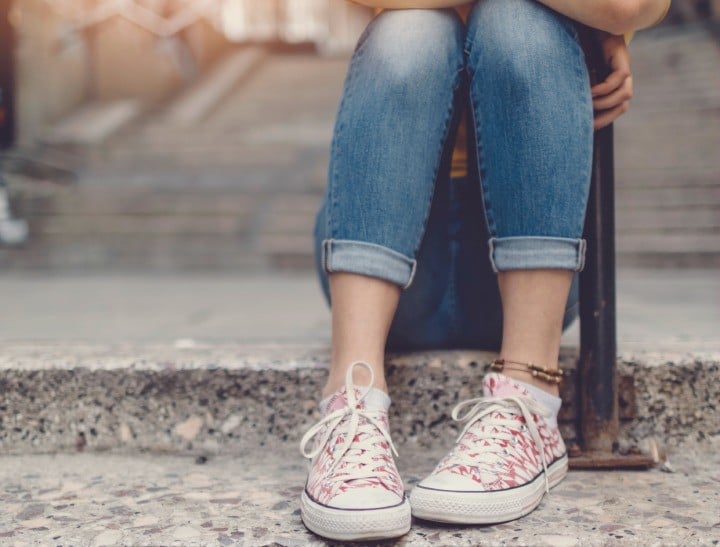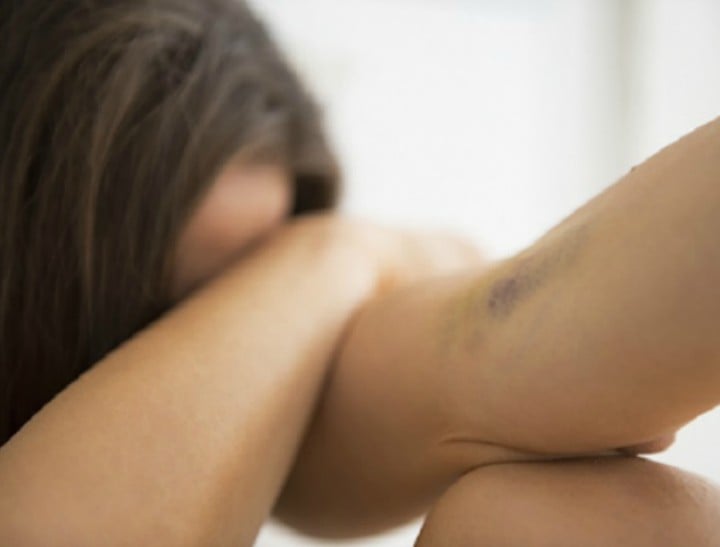

Sleepless nights and scabbed, ravaged skin: this is what ice addiction really looks like.
It started as an easy way to avoid the pain of a relationship breakdown — but soon escalated to a full-blown habit that left Rachel* jobless, sleepless and forking out $500 a day.
Rachel was having relationship problems when she began dabbling in methamphetamines, also known as crystal meth or ice, three years ago. She was in a toxic relationship, and seeking an escape from the constant fights.
“[At first] I’d just do it and my worries would go away,” 26-year-old Rachel told Mamamia. “Then I’d just do it to have fun because I had already crossed that line.”
Perth mine worker Rachel was first given the drug by a colleague, and found it was commonly used in her circle of well-paid colleagues — whose week-on, week-off work structure gave them plenty of time to use.
“I quickly got to know a lot of people that were on it,” she said. “Having lots of money just made it a lot more prevalent. It’s just everywhere.”




Top Comments
Don't start....then you won't have to worry about stopping.
I am sorry but that is an extremely narrow-minded opinion, that will only hinder the ice epidemic Australia is currently facing.
Of course not starting an ice addiction will hinder the epidemic - that's the whole point of not starting!
Amen!
Thank you. :)
I'm sorry,but I don't think it's being narrow minded.
I call it having common sense.
Thank you.